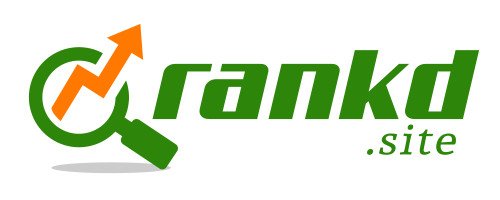There are a lot of great tools out there to help you analyze your website’s traffic. Of course, it always helps when they offer in-depth information. “Free” isn’t a bad consideration, either. If you’re looking to understand the organic traffic to your website, Google Search Console is a tool you should have in your toolbox.
What Is Organic Traffic?
We should start by explaining what “organic” website traffic is.
There are many ways someone can end up on your website. They may get there from a link on social media. They could click a paid ad on another site (including Bing or Google). A click on a link on another site could bring them to you. Maybe they typed your address from memory.
Organic traffic, though, is the site visits that come from unpaid search results. That is, it represents every time someone searches in Google, Bing, or another search engine and clicks on a non-paid listing.
Everything else from the search results page is considered organic. That includes local results, images, videos, clicks to the link in a “People also ask . . . “ box, etc.
But most website traffic comes from plain unpaid search results. As of 2017, that was 51% as of 2017. And for business services sites, it was a whopping 73%! So for almost every site, understanding your organic traffic will go a long way to helping you improve your site and increase performance.
What Does Google Search Console Do?
In the simplest terms, Google Search Console tells you the keywords that site visitors used to find your site and how you rank for each keyword.
Keyword and Ranking Information
Of course, you can go into far more depth. Your basic statistics, though, are clicks, impressions, click-through rate (CTR), and rank. By default, you’ll see the totals across three months. However, you can look at specific keywords or keywords that include a certain word or phrase. The period can also be adjusted. You can also choose a specific country to examine. It’s even possible to examine the results of a specific page.
Impressions will tell you how many times you showed up in search results – even if it was on the 10th page. CTR lets you know what percent of the clicks you’re getting out of all the impressions.
Google Search Console also lets you check to see if your pages are properly indexed. All you need to do is paste your page’s URL to see if it’s showing up in Google’s index. If not, you can easily request that it be added. Most of the time, Google does fine finding your new pages, but occasionally one might get overlooked.
You can even see how individual pages are doing and what their rank for particular keywords is.
Some of this information is also available in Google Analytics, but with Search Console, you’ll be able to explore this area far more deeply. Using the two together is ideal. Search Console gives more specific information on what people search for, while Analytics shows what they did once they got to your site.
Mobile Usability Issues
Analytics also provides other useful information. Most importantly, perhaps, it will notify you of certain types of errors that may affect the usability of your site.
For instance, if the text is too small to be read easily on a mobile device, you’ll receive a warning. The same will happen if buttons or other clickable elements are placed too close together. Usability is a factor for ranking and there is an emphasis particularly on mobile device usability. So these reports will help you quickly make adjustments to your site to keep it ranking well. It’s also easy to get your fixes validated.
Links And More
With Search Console, you can also check on both internal and external links to your site. Since these can affect your ranking, it’s helpful to see who links to you and exactly what content they link to.
There’s a page speed tool in the works, too. At the time of this writing, it’s still in beta. But it promises to be a great way to access information about page loading speed. This is another important factor in ranking.
If for any reason, you have pages that should not be indexed by Google, you can also do that using Search Console.
Conclusion
Google Search Console is a fantastic free tool you can use to learn about the organic traffic to your site. It will help you dive deeper into keyword research and how it impacts you. This can help you form a plan to better develop certain aspects of your site like speed, mobile usability, and links. It can also help you determine if certain pages are showing up for the wrong keywords. Or others aren’t showing for the keywords you expected.
Many other tools can help you go even farther with understanding all of these factors, of course. However, this is a great place to start. We recommend diving into it after you have some comfort with Google Analytics but before investing in paid tools. It’s a resource that can add to your awareness of what brings people to your site. With that, you can make decisions about what works and where you need improvements.
